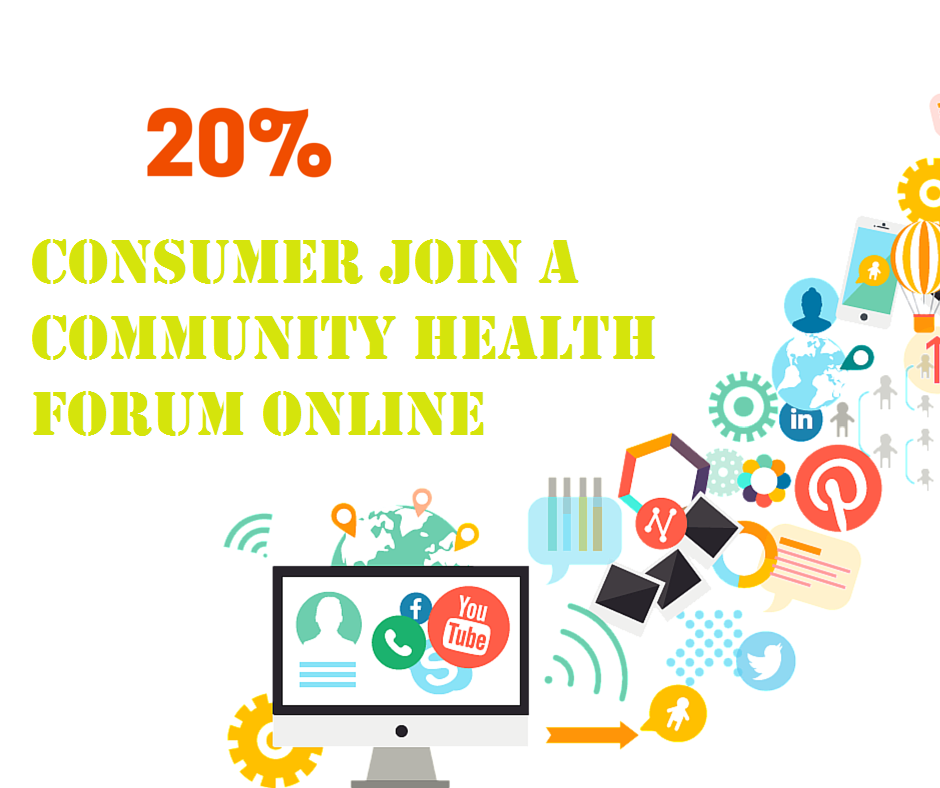Social networks have become indispensable for any business or industry and we know that one reason is the amount of information and interaction by Internet users on networks.
The pharmaceutical sector is no exception, especially pharmacovigilance activities can be greatly benefited by what the social listening can offer. Since information on consumer habits to ideas for the R & D and detection of adverse effects.
The relevant question is, how can social listening have a significant impact on the pharmacovigilance activities? Information collected in large volumes need the support of a tool. For example, a monitoring tool can help the social networking service pharmacovigilance raise large amounts of data. Not only this, but you can also receive automatic notifications when an emergency or adverse effect that has been identified exists online. In general, I share five ways in which the pharmacovigilance activities can be supported by a monitoring tool of social networks.
- Detected early cases of adverse effects associated with your product from unlimited social networking forums and online communities.
- Extracts information from patient contact or reporter if adverse effect as from the reference URL.
- Collects information on consumer trends and needs have not been met and uses this information for your next research project.
- Improving crisis management with custom alerts in real time, who can even help you to identify conversations in particular you’re looking for on the web.
- Handles the e-reputation of your brand and a new medicine after its market launch. You can find out what consumers are saying about your products and use this information to tailor your communications strategy.
Related articles: Snapchat Success In This 2016 – What Is That?
The pharmaceutical industry must evolve, like all industries, along with changes in technology and consumer use. In this case, social networks have become the new platform to communicate their experiences regarding health and drug use. Therefore, it is essential to keep abreast of these changes and adapt to ensure better service and patient safety.





